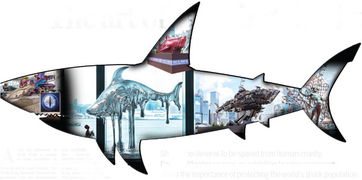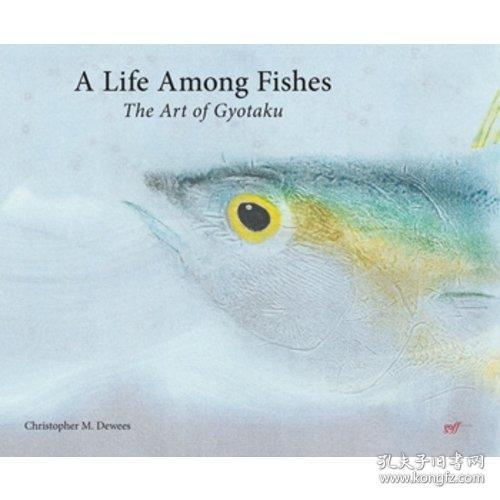Content:
In the vast expanse of arid landscapes, oases stand as rare and cherished havens of life. These oases, often nestled in the embrace of towering dunes or hidden in the depths of desert canyons, are home to a diverse array of fish species, making them a dream destination for anglers. Whether you're a seasoned fisherman or a beginner looking to cast your line in the tranquility of an oasis, this article will provide you with essential methods and techniques to make your fishing experience both rewarding and memorable.
Understanding Oasis Fishing
Before diving into the techniques, it's crucial to understand the unique characteristics of oasis fishing. Oases are typically found in areas with a high concentration of water sources, such as springs, rivers, or lakes. The water in these oases is often teeming with fish, which have adapted to the specific conditions of their environment. This can mean a variety of species, from the popular Tilapia to more exotic species like the desert catfish.
Choosing the Right Equipment
The first step in successful oasis fishing is to equip yourself with the right gear. Here's what you'll need:
Rod and Reel: A lightweight spinning rod and reel are ideal for oasis fishing. They offer a good balance of sensitivity and power, allowing you to cast and retrieve effectively.
Line: Use a monofilament line with a thickness that matches the local regulations and the fish species you're targeting. The standard range is between 6 to 12 pounds.
Hooks: Depending on the fish species, you might need a variety of hook sizes. For Tilapia, a size 6 to 8 hook is typically sufficient.
Lures and Baits: Artificial lures can be effective, but natural baits like corn, worms, or small pieces of fish are often more successful in oases.
Tackle Box: Include tools like needle-nose pliers, a knife, and a landing net to help with hook removal and fish handling.
Selecting the Right Spot
Oases can be large, so it's important to find the best spot to fish. Here are some tips:
Look for Vegetation: Fish often congregate near vegetation as it provides cover and attracts insects, which in turn attract fish.
Observe the Water: Pay attention to where the water is flowing or pooling. Fish tend to stay in these areas where there's a consistent water source.
Check with Local Knowledge: If possible, speak with locals or other anglers who frequent the oasis. They can provide valuable insights into the best spots to fish.
Fishing Techniques
Once you've found a good spot, here are some effective fishing techniques:
Still Fishing: This involves casting your line and letting it settle on the bottom. It's best for species that feed on the bottom, like catfish.
Trolling: If the water is relatively calm, you can troll with artificial lures. Move your lure slowly through the water to mimic the movement of prey.
Drifting: Use a float or bobber to keep your bait at a certain depth. This method is effective for species that feed near the surface.
Live Bait: For larger fish, such as Tilapia, live bait can be very effective. Simply cast out and let the bait swim naturally.
Jigging: For species that feed on the bottom, jigging can be a great technique. Drop your lure to the bottom and then pull it up in short, quick bursts.
Safety and Conservation
Always prioritize safety and conservation when fishing in an oasis:
Stay Hydrated: The desert environment can be harsh, so drink plenty of water and protect yourself from the sun.
Respect the Environment: Avoid disturbing the local flora and fauna. Keep noise levels down and take your trash with you.

Follow Local Regulations: Be aware of any fishing regulations or restrictions in place to protect the ecosystem.
In conclusion, fishing in an oasis can be a profoundly rewarding experience, offering a unique blend of tranquility and adventure. By understanding the local environment, selecting the right equipment, and employing effective techniques, you'll be well on your way to a successful fishing trip. Remember to respect the natural beauty of the oasis and fish responsibly to ensure its sustainability for future generations. Happy fishing!












